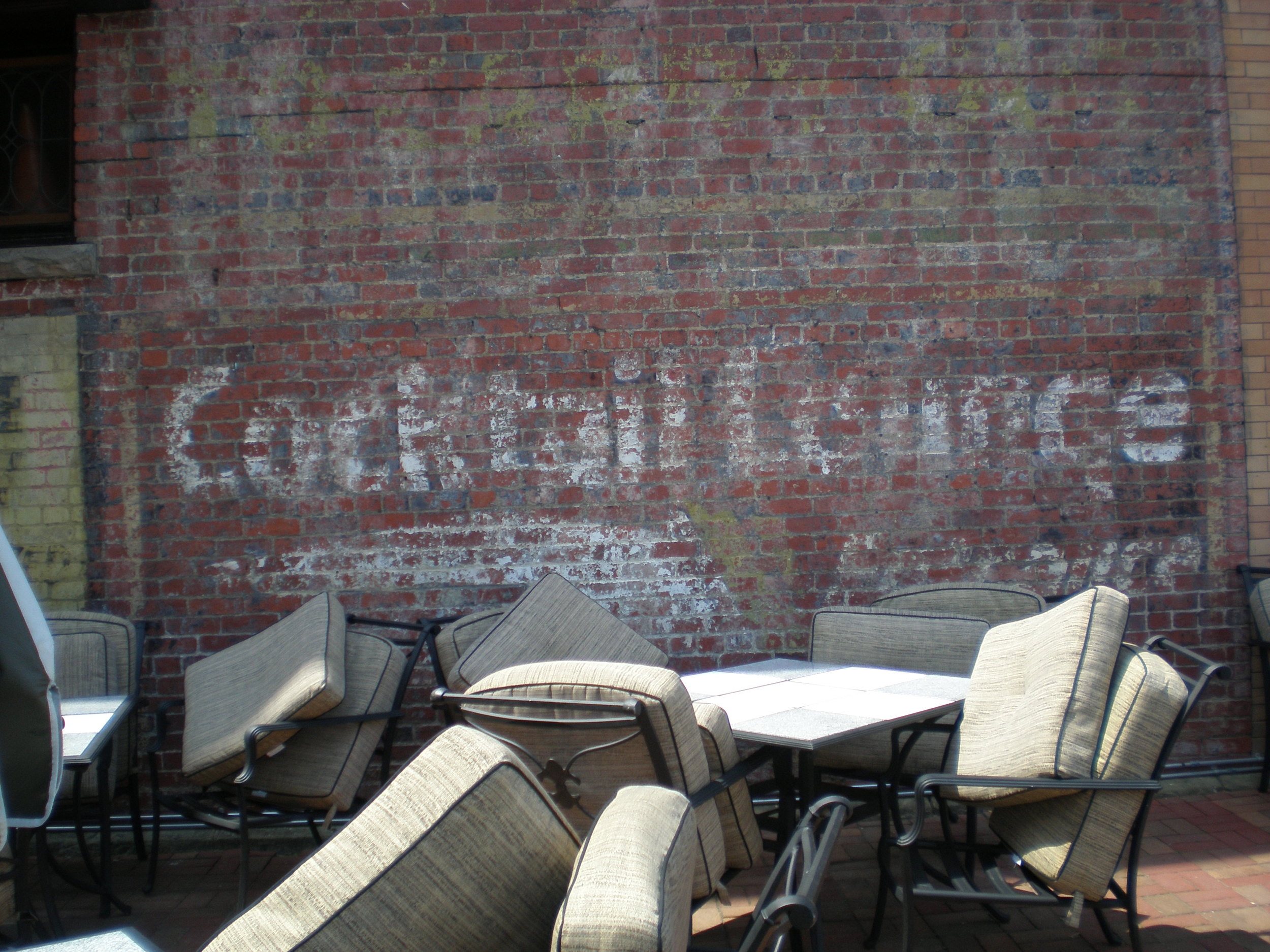Ghost Signs as Tourist Attractions
"[Ghost signs] evoke the exuberant period of American capitalism. Consumer cultures were really getting going and there weren't many rules yet, no landmarks preservation commission or organized community saying: 'Isn't this awful? There's a picture of a man chewing tobacco on the corner of my street.'" — Kathleen Hulser, New York Historical Society
Ghost signs, the peeling, hand-painted advertisements that cling to the brick walls of old commercial buildings, are not exclusive to America. They are found worldwide.
The majority date from the 1890s to the 1930s, although a few were painted as late as the 1950s. Also known as ghost ads, fading ads and brick ads, they are time travelers that extol the virtues of products that no longer exist and businesses everyone else has forgotten.
The artists who painted the signs were called wall dogs. They used a particularly potent oil-based paint that contained lead which is why the signs are still bonded to the bricks. If a sign began to fade, the building owner might have it refreshed. If the building changed hands, an entirely new ad could be painted over the original one.
Occasionally when an old building is demolished, a painted sign previously concealed by an adjoining wall is uncovered. Protected from the elements for decades, the colors are often as bright and intense as they were the day the wall dog finished his work.
There are lots of ways to create programs and tours around ghost ads and it’s easy to include an experiential aspect, the Holy Grail of contemporary tour and event design. Let’s take a look at a few possibilities.
As a window to the past
A very satisfying local history tour can be structured around finding and deciphering ghost ads. Check out London’s popular Ghost Sign Tour for inspiration. Faded Signs Haunt Melbourne Streets describes an Australian version. Here’s a dated, but interesting nevertheless, Daily News article about a proposed ghost sign trail through Queens.
The fact that many people pass the signs each day and never notice them adds to their mystique. What products or businesses did the signs advertise? Do the ads reveal anything about how specific buildings were used? What do the signs tell us about the street’s or neighborhood’s story?
As urban art
Often found off the beaten path, the ads are a great subject for a photo safari. Photographers may be only peripherally concerned about what the signs originally meant or why they were placed on particular buildings. They may be more interested in their faded colors and quirky designs.
As a puzzle to solve
Some ghost signs are easy to read and interpret. However, those that were painted over multiple times can be almost indecipherable. Decoding them can be a fun challenge. You can incorporate this element into a walking tour or take it online. Post pictures of the ads on Facebook and ask people to decipher them. Does anyone have vintage shots of the ads when they were new? Are there older folks in town who remember what the signs used to say?
As an online scavenger hunt
I ran a very successful ghost ad series on Facebook a few years ago. To set it up, I drove around town and took pictures of all the ghost signs I could find. Nothing complex. I used the camera in my phone.
I cropped the images to remove clues such as street names, the walls of adjacent buildings and any other recognizable landmarks. I posted the images one by one over several days and simply asked where they were. Although some were identified immediately, most turned out to be more difficult than I anticipated.
The ghost ad series sparked a lot of engagement and attracted dozens of new followers to the page. Many people admitted they had not noticed the ads before and said they were now looking closely at buildings they had taken for granted.
As a sit down presentation
Take the ghost sign images you collected for your online challenge and create a Powerpoint or Prezi slide show. I’ve done my ghost sign presentation at nursing homes, senior centers, service club meetings and for historical groups. It’s always a hit especially when it includes a decipherment challenge.
If you want to encourage audience discussion, as you show shots of local ghost signs, you can talk about cities that have restored the ads. For some towns, the newly painted ads have become tourist attractions. Here’s an article about Ft Collins, CO undertaking an award winning renovation of a sign in the heart of their downtown.
Should the old signs be restored or allowed to continue fading? Is repainting them historical heresy, like reconstructing an archeological site? Or is it as routine as having the exterior of your house painted when it needs it? What do you think?





